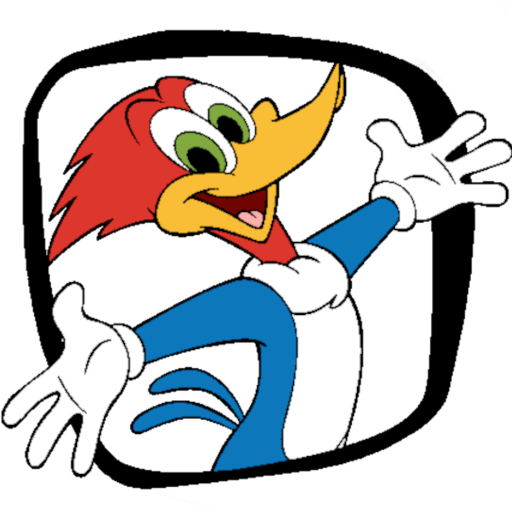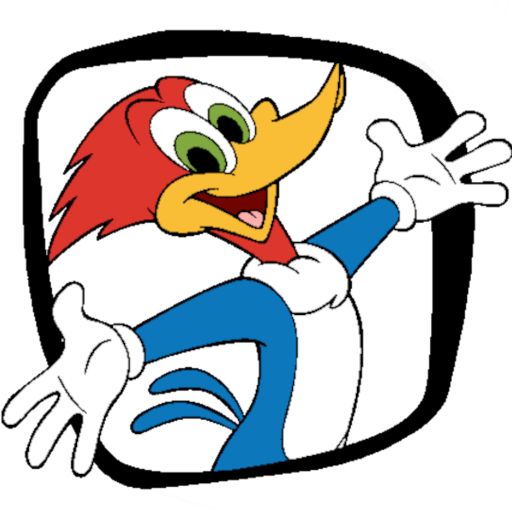There’s a quiet but growing movement online—and ironically, it’s all about remembering a time when being online was slower, simpler, and a little more chaotic. If you’ve ever found yourself missing the clunky charm of your MySpace profile, the thrill of changing your MSN status, or the pixelated graphics of early blogs, then you’re experiencing something called Digital Nostalgia.
This isn’t just a passing trend or retro obsession. Digital Nostalgia is a powerful reflection of how drastically the internet—and our relationship with it—has changed. And interestingly, it might also explain why so many people today are craving less: less content, less clutter, and less digital noise.
Let’s explore how the chaotic creativity of platforms like MySpace contrasts with today’s minimalist tech world, and what this shift says about our evolving digital lives.
A Look Back: The Messy Joy of MySpace
MySpace was never elegant. It was loud, colorful, unfiltered, and often “cringey” by today’s standards. But that’s exactly what made it feel authentic. You could fully personalize your profile with glittery GIFs, angsty background music, and bold fonts. You learned basic HTML not for school or work—but to make your page yours.
There were no filters or branding strategies. It wasn’t about being polished; it was about being seen.
This level of self-expression is at the heart of Digital Nostalgia. People long for that version of the internet not because it was perfect, but because it was real. It reflected individuality, creativity, and a kind of joyful digital freedom that’s hard to find in today’s curated online spaces.
The Shift to Sleek and Streamlined
Today’s digital platforms couldn’t be more different. Instagram, TikTok, LinkedIn, and even websites themselves have embraced minimalism—clean lines, white space, smooth animations, and highly curated content. In theory, this looks more professional. In practice, it often feels cold and impersonal.
What was once a chaotic, DIY experience has become a sleek and sanitized feed. The focus has shifted from creation to consumption. We scroll more than we post. We watch more than we interact. And while everything looks “better,” many people are left feeling disconnected or creatively stifled.
This is where Digital Nostalgia kicks in. It reminds us that the imperfections of early internet spaces actually fostered more authentic engagement than many of today’s hyper-optimized platforms.
Why Digital Nostalgia Is So Powerful
Digital Nostalgia isn’t just a longing for old websites or sounds. It’s a response to modern tech fatigue. We’re overwhelmed by constant notifications, algorithmic feeds, and an internet that never shuts off. The early internet felt slower, more intentional, and more human.
Nostalgia thrives when we feel disconnected from the present—and let’s face it, many people are burned out by today’s digital pace. Remembering the way things used to be gives us a sense of emotional grounding. It reminds us that the internet doesn’t have to be all about monetization, metrics, or going viral. It can be personal, creative, and even fun again.
Minimalism as a Reaction to Overload
Interestingly, the modern trend of digital minimalism may actually emerge from Digital Nostalgia. After years of being overstimulated by social media, people are starting to crave simplicity. They’re deleting apps, using dumb phones, and returning to analog tools like journals, paper books, and Polaroid cameras.
But this isn’t about rejecting technology—it’s about rethinking how we use it.
Digital minimalism isn’t just an aesthetic. It’s a way to reclaim control over your attention, time, and emotional well-being. And when you pair this philosophy with the emotional memory of how the internet used to feel, the connection becomes clear.
Digital Nostalgia tells us: we’ve done this differently before—and we can do it again.
What We've Lost—and What We Can Recover
When we compare the internet of the early 2000s with today, here’s what stands out:
| Then | Now |
|---|---|
| Personal websites | Template-based platforms |
| Forums & blogs | Algorithm-driven feeds |
| DIY design | Polished brand aesthetics |
| Intentional time online | Constant connectivity |
| Creative expression | Social media performance |
Of course, not everything about the early internet was ideal. There were safety issues, less access to information, and limited inclusivity. But Digital Nostalgia doesn't mean we want to go back in time—it means we want to carry forward the best parts of that time into the future.
That includes things like:
-
Genuine self-expression without judgment
-
Time-limited screen use that doesn't rule our lives
-
Digital spaces that foster community, not competition
-
A sense of curiosity and creativity online
How to Bring Back What Mattered
You don’t need to reinstall AIM or revive your MySpace page to reconnect with what made the early internet special. Here are a few simple ways to bring a little Digital Nostalgia into your modern digital life:
1. Create Without the Pressure to Perform
Start a private blog, make a playlist, or design your own website. Don’t worry about likes—focus on joy.
2. Personalize Your Tech
Change your desktop background, set fun ringtones, or add flair to your email signature. Make your digital world feel like you again.
3. Take Screen Breaks
Embrace digital minimalism. Turn off push notifications. Schedule time away from screens—just like we used to when we had to “log off.”
4. Revive Old-School Digital Tools
Use a digital camera instead of your phone. Burn a CD. Send a long email. These little rituals can make online time feel meaningful again.
Final Thoughts: Reclaiming the Web, One Memory at a Time
The rise of Digital Nostalgia shows that we’re not just craving the past—we’re questioning the present. We’re starting to wonder whether the endless scroll, the perfect aesthetic, and the algorithmic influence are really making our lives better.
By looking back—from MySpace to the quirky corners of the early web—we’re reminded that the internet was once a place of wonder, not stress. It was messy, creative, and incredibly human.
So maybe the future of the web isn’t just about speed, data, and efficiency. Maybe it’s also about slowness, intentionality, and rediscovering the joy of being online. With a touch of Digital Nostalgia, we can create digital spaces that feel more like homes—and less like showrooms.



